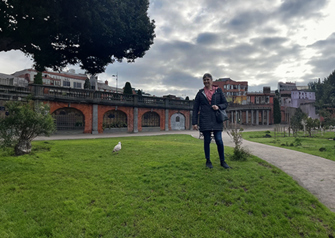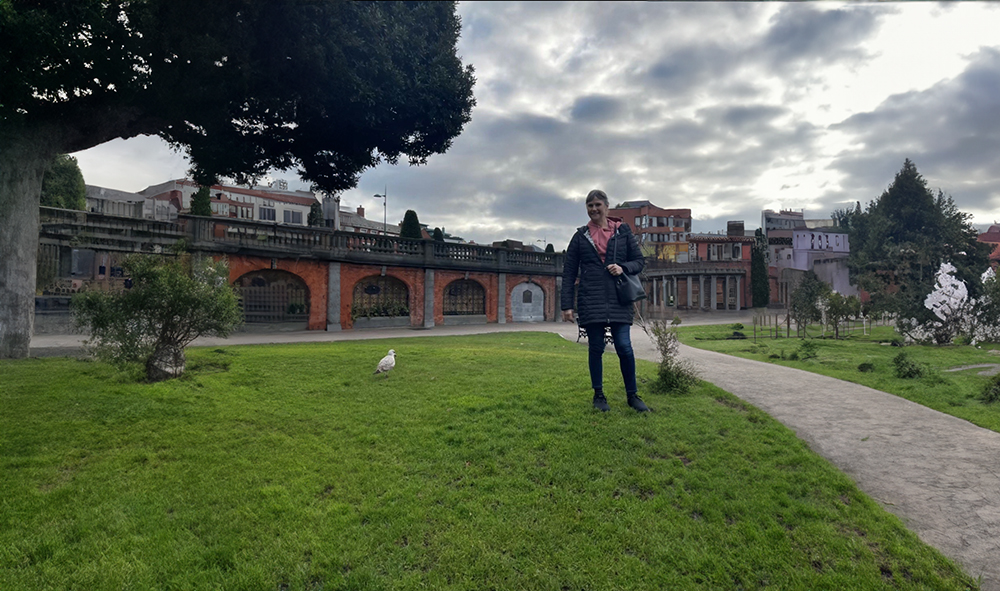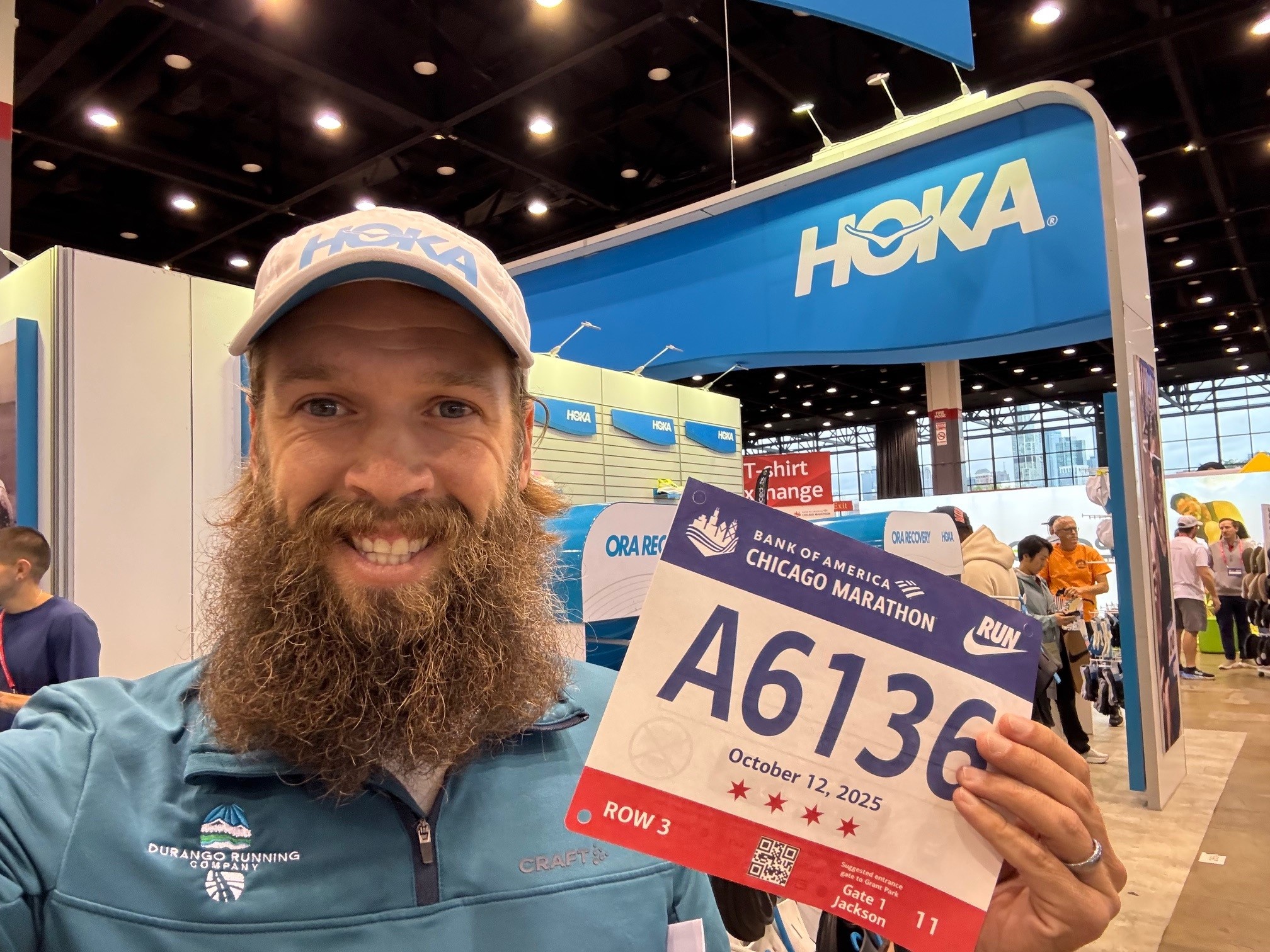
Patient Stories
Indiana woman free from 25 years of foot pain
Date posted: 8/21/2023
Last updated: 8/21/2023
Table of Contents
Experts say that about 23 percent of adults between the ages of 18 and 65 will develop bunions with varying degree of pain and deformity. Twice as common in women as in men, a bunion is a bony bump that forms on the joint at the base of the big toe. It occurs when some of the bones in the foot move out of place causing the big toe to shift toward the smaller toes and forcing the joint at the base of the big toe to protrude.
Passion for dancing
For Nancy Miller, 54, of Michigan City, IN, bunion pain has been a constant in her life for about 25 years.
“Anyone who looked at my bare feet would say ‘Oh, my God!” Miller explains. “Then they would comment ‘you must have been a dancer.”
And they were right.
Miller danced seriously for 12 years. She mastered tap, jazz, ballet, and pointe — a ballet technique in which the dancer supports their weight on the tips of their toes.
“I suspect it was dancing pointe that really caused the most damage to my feet,” Miller says.
Dancing stopped; pain didn’t
After she stopped dancing, Miller’s foot pain continued to worsen. She raised five kids and pushed through the pain, but her feet throbbed at night. She gradually became less active and just walking hurt.
Miller tried everything, including orthotic inserts, and a diabetic cream to numb the pain, but it was a diagnosis of osteoporosis that made her consider bunion surgery.
“With osteoporosis, there is more of a risk of bones breaking,” she explains. “I knew if I was going to treat my feet, I had to do it soon.”
At the recommendation of several friends, she researched foot and ankle surgeons at Midwest Orthopaedics at RUSH. She liked what she read about Dr. Daniel Bohl’s minimally invasive technique and the fact that he sees patients nearby in Munster, IN.
“I liked him right away and trusted him with my feet,” Miller says.

Two bunionectomies
Dr. Bohl explained the minimally invasive procedure that he would perform and assured her that her osteoporosis would not endanger her outcome and he would carefully monitor her condition. For ease of recovery, he recommended that she have one foot done at a time. Miller agreed and successfully underwent both surgeries, six months apart, at RUSH Surgery Center in Chicago.
“The technology for bunion surgery has come a long way,” explains Dr. Bohl. “Even 10 years ago, it used to be that we had to make large incisions, the case took a long time, and the recovery was prolonged. Now, we can get the entire procedure done through six tiny poke holes – no big incisions. The case takes only a half hour, you can walk on your foot the day after surgery, and there is minimal postoperative pain. We do a lot of these at Rush, so we have an incredible team and protocol in place, start to finish.”
Free from pain at last
Following each surgery, Miller had discomfort for just two weeks and wore a specialized shoe for four weeks. She surprised even Dr. Bohl when just two months after her second surgery, she traveled to Ireland and walked an estimated five miles each day. She even danced in Dublin.
Today, eight months after her second bunionectomy, she is more active than she has been in years. She recently returned from a biking trip to Michigan and is enjoying doing everything in her life pain-free.
“I have no regrets,” Miller explains. “The surgery and outcome were better than I had ever imagined. Thank you, Dr. Bohl!”
If you would like to schedule an appointment to discuss your foot or ankle pain, click here or call 877-MD-BONES.


